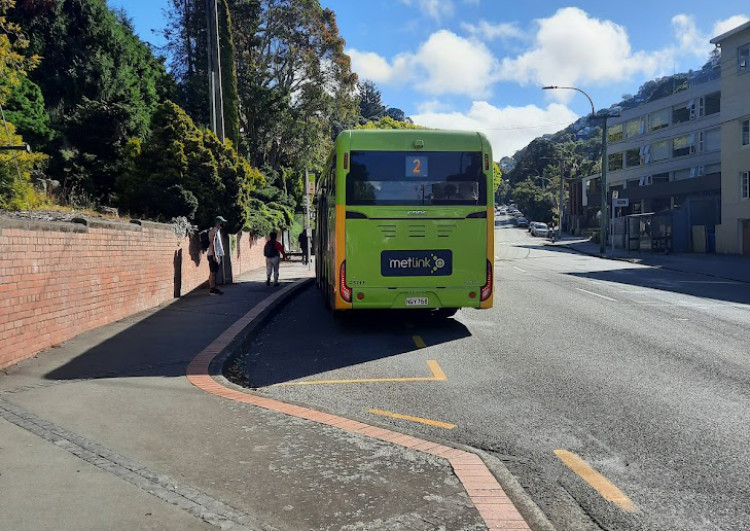Bus stop layout is essential to supporting the safe, efficient, and accessible operation of bus services. The key component of a successful bus stop is that the bus can reliably and consistently align close and parallel to the kerb and stop where passengers expect it to stop relative to the bus stop sign, shelter, footpath indicators, or road markings.
A failure to align the bus with the kerb properly is often for one of two reasons:
Either reason can have serious implications for the bus service being accessible and safe.

An indented bus bay with inadequate entry and exit angles resulting in bus drivers not pulling in closely to align with the kerb. (Photo: Lorelei Schmitt)
There are three main types of bus stop layouts described in this guidance:
Note that integrating bus stops with cycling facilities is covered in a separate section of the guidance: